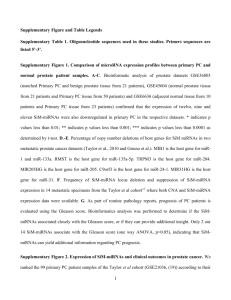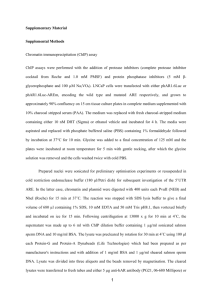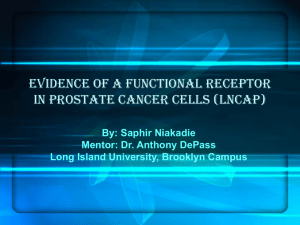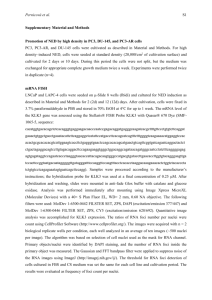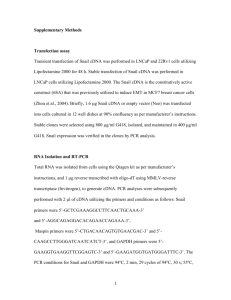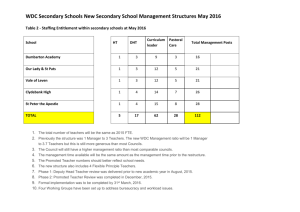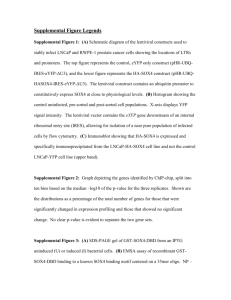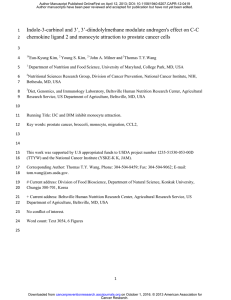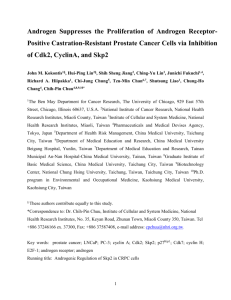Supplementary Figure 1: Relative p66Shc protein levels in
advertisement
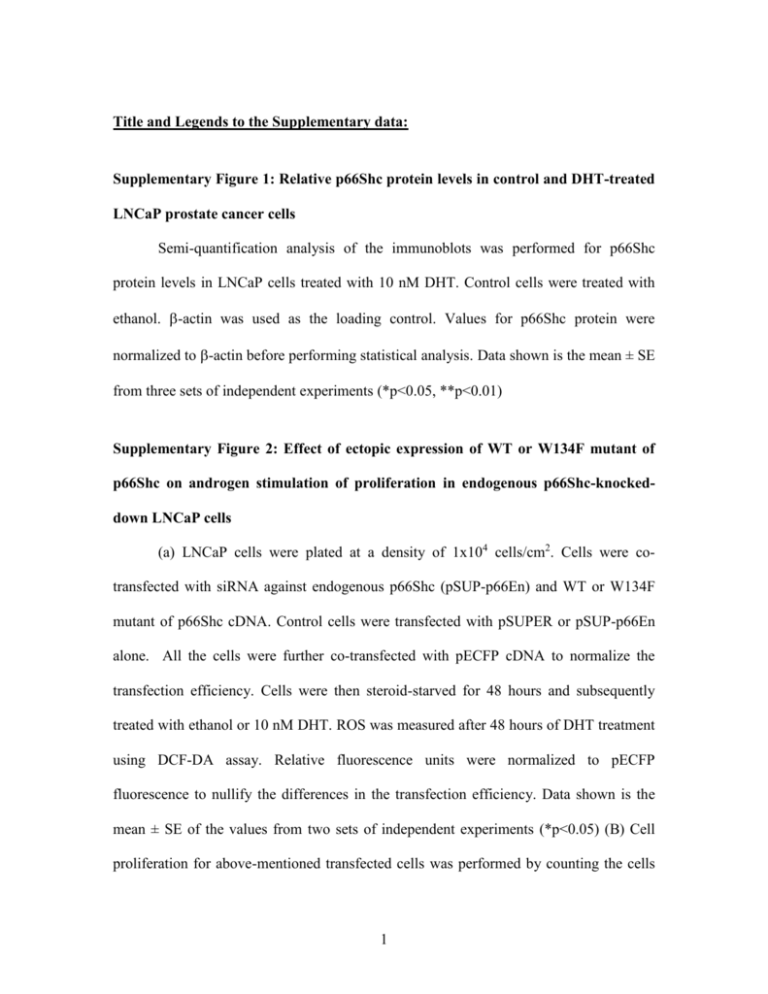
Title and Legends to the Supplementary data: Supplementary Figure 1: Relative p66Shc protein levels in control and DHT-treated LNCaP prostate cancer cells Semi-quantification analysis of the immunoblots was performed for p66Shc protein levels in LNCaP cells treated with 10 nM DHT. Control cells were treated with ethanol. -actin was used as the loading control. Values for p66Shc protein were normalized to -actin before performing statistical analysis. Data shown is the mean ± SE from three sets of independent experiments (*p<0.05, **p<0.01) Supplementary Figure 2: Effect of ectopic expression of WT or W134F mutant of p66Shc on androgen stimulation of proliferation in endogenous p66Shc-knockeddown LNCaP cells (a) LNCaP cells were plated at a density of 1x104 cells/cm2. Cells were cotransfected with siRNA against endogenous p66Shc (pSUP-p66En) and WT or W134F mutant of p66Shc cDNA. Control cells were transfected with pSUPER or pSUP-p66En alone. All the cells were further co-transfected with pECFP cDNA to normalize the transfection efficiency. Cells were then steroid-starved for 48 hours and subsequently treated with ethanol or 10 nM DHT. ROS was measured after 48 hours of DHT treatment using DCF-DA assay. Relative fluorescence units were normalized to pECFP fluorescence to nullify the differences in the transfection efficiency. Data shown is the mean ± SE of the values from two sets of independent experiments (*p<0.05) (B) Cell proliferation for above-mentioned transfected cells was performed by counting the cells 1 as described in the Materials and Methods of the revised manuscript. Results were normalized to the control pSUPER transfected cells treated with ethanol. Data show is the mean ± SE of the values from two sets of independent experiments (*p<0.05). Supplementary Figure 3: Effect of DHT on p53 protein levels in androgen-sensitive LNCaP cells LNCaP cells were plated at a density of 1x104 cells/cm2. Cells were allowed to attach for 3 days and then steroid-starved for 48 hours. Cells were then treated with either ethanol or 10 nM DHT. Cells were scraped and harvested at specific time-points and analyzed for p53 protein levels by immunoblotting. -actin was used as a loading control. Data shown is a representative of two sets of independent experiments. Supplementary Figure 4: Role of serine-36 phosphorylation of p66Shc in DHTinduced cell proliferation in LNCaP cells (a) LNCaP cells were plated at a density of 1x104 cells/cm2. Cells were allowed to attach for 3 days and then steroid-starved for 48 hours. Cells were then treated with either ethanol or 10 nM DHT. Cells were scraped and harvested at specific time-points and analyzed for serine-36 phosphorylation using specific monoclonal antibody (Calbiochem, USA). Protein levels of Shc were analyzed by antibody against all the three Shc isoforms as mentioned in the Materials and Methods. -actin was used as a loading control. Data shown is the representative of two sets of independent experiments. (b) Semiquantification of the immunoblots mentioned above was performed and ratios of Ser-36phosphorylation to protein levels of p66Shc were obtained (pSer-36/p66Shc) at different time points. Ratios of DHT-treated cells were normalized to their respective ethanol- 2 treated control cells. Data shown is the mean ± SE values of two independent sets of experiments (*p<0.05) (c) LNCaP cells transfected with either W134F mutant or S36A mutant of p66Shc. Control cells were transfected with pcDNA 3.1 alone. Cells were then steroid starved for 48 hours and treated with either ethanol or 10 nM DHT. Cells were trypsinized and cell numbers were analyzed after 48 hours of treatment. Data shown is the representative of two sets of independent experiments (*p<0.05). Supplementary Figure 5: Semi-quantitative analysis of mitochondrial translocation of p66Shc in DHT-treated LNCaP cells Semi-quantitative analysis for p66Shc protein level was performed on the immunoblots containing both the total lysate and the mitochondrial fraction of LNCaP cells treated with DHT for 16 hours, as shown in Figure 6a. Protein levels in DHT-treated cells were normalized to that of ethanol-treated cells. Data shown is the mean ± SE of the values from four sets of independent experiments 3
